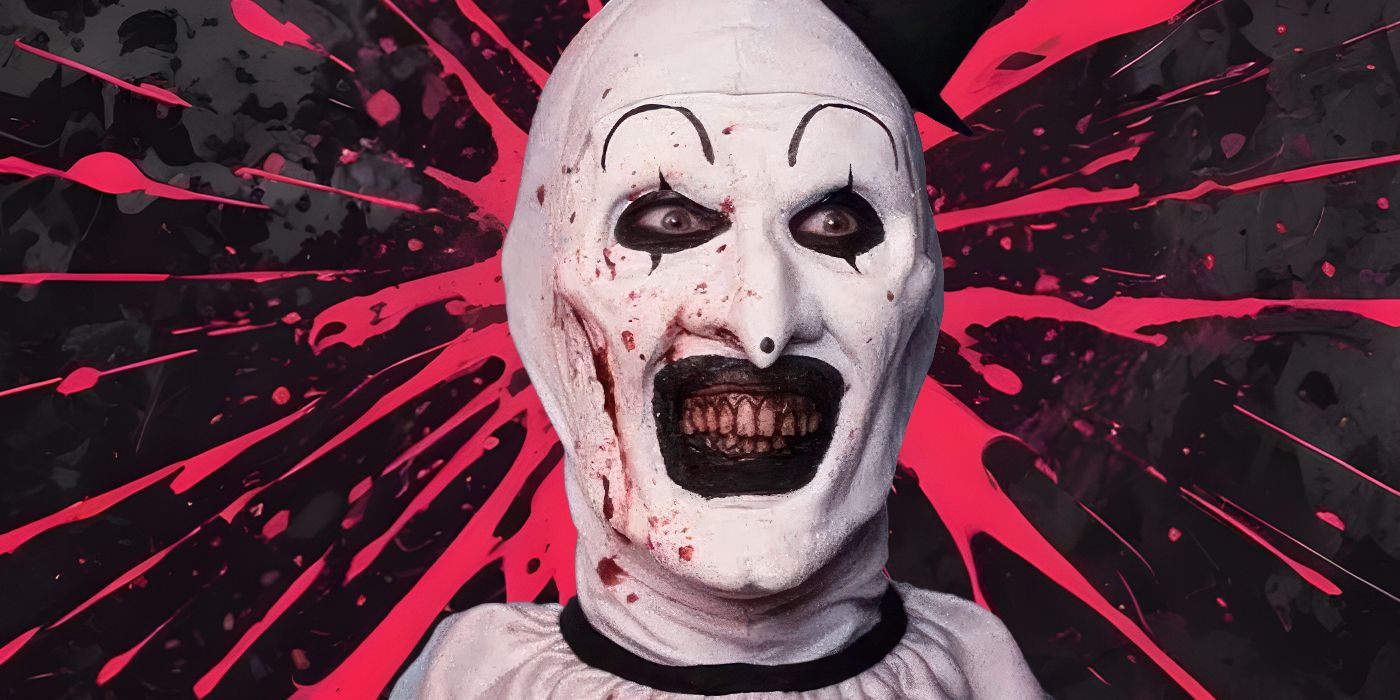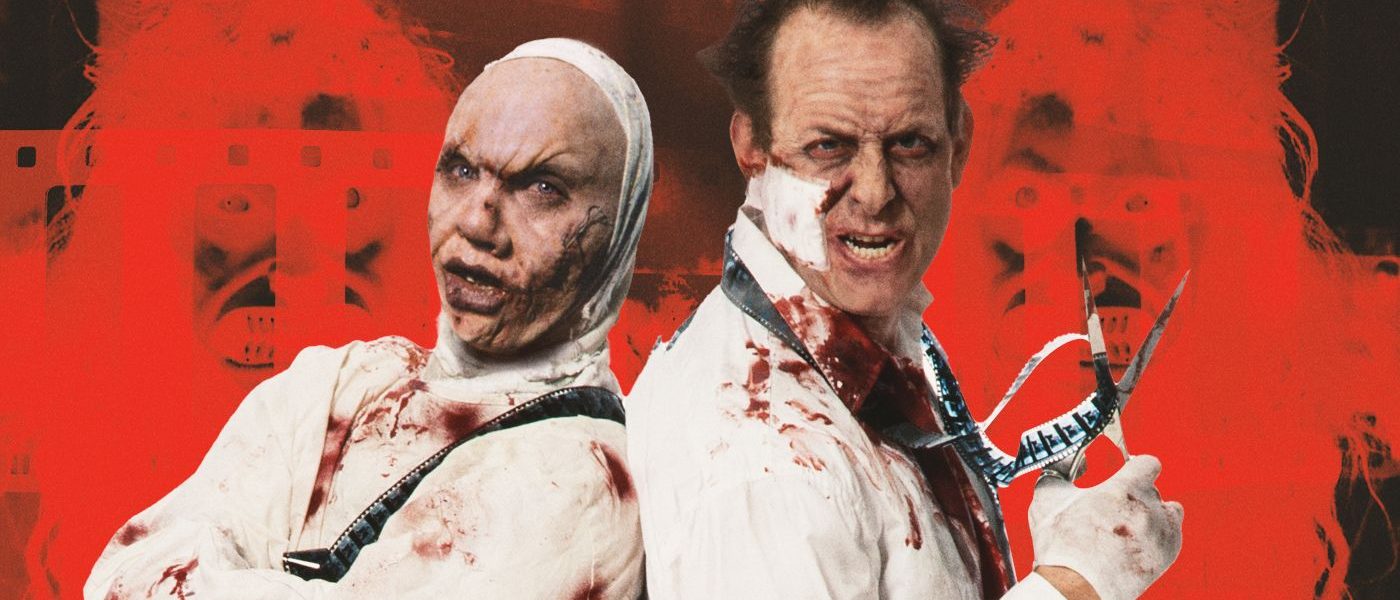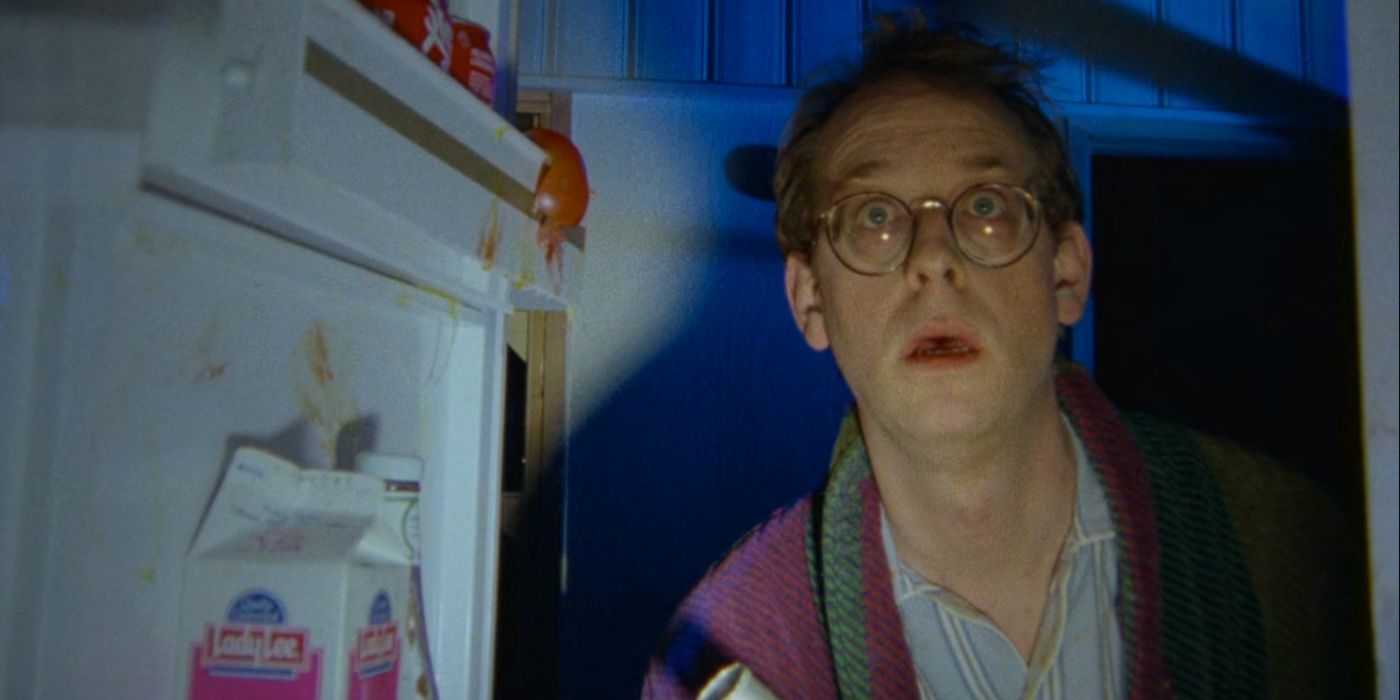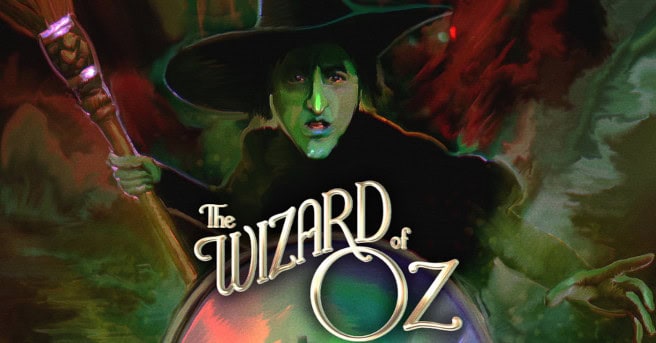Imagine if the sensationalist news headlines about horror films were true. What if indulging in horror movies genuinely deteriorated your mental health and transformed ordinary individuals into bloodthirsty killers? This intriguing concept drives the narrative of the Swedish horror film Evil Ed. Released in 1995, this distinctive slasher serves as both an homage to iconic horror films like Friday the 13th and Hellraiser and a critical commentary on the genre’s fiercest detractors. Through its plot, the film cleverly satirizes censorship and violence, weaving these themes into its storyline. Instead of merely defending themes of depravity and sexuality within the horror genre, it amplifies them, allowing the exaggerated fantasies depicted in media to unfold before audiences. This humorous, tongue-in-cheek method yields a result that is a wildly entertaining gore spectacle that passionately champions the horror genre.
Prepare for a Thrilling Journey with Demons and Slaughter in ‘Evil Ed’
Evil Ed stands out as a truly unique entry in the slasher genre, telling the story of Edward Tor Swenson (Johan Rudebeck), a timid film editor who is unexpectedly assigned to the “Splatter and Gore” division of his workplace. His mission involves trimming down excessively graphic horror films to comply with censorship standards. However, as he delves deeper into the disturbing footage, it begins to unravel his sanity. Before long, he encounters a grim herald of doom, who ominously states, “The whole world needs to be corrected.” In a matter of days, Edward perceives horrific demons in place of real people, igniting his chaotic killing spree.
A delightful highlight of Evil Ed is the remarkable performances delivered by the cast. The actors fully embrace the film’s exaggerated tone, portraying their exaggerated characters with precision. Edward embodies an overly refined and meticulous persona, always speaking in a calm and courteous manner. In stark contrast, his new boss, Sam (Olof Rhodin), serves as his polar opposite; he is brash, manipulative, and self-serving. The supporting cast further exemplifies this dynamic by portraying either the stereotypical horror enthusiast or the nervous young professional navigating the workplace.

Related
The 10 Most Disgusting Deaths in Slasher Movies, Ranked
That’s disgusting. Creative, but disgusting.
The narrative unfolds across multiple striking locations, including a desolate hospital and an eerie underground tunnel. While it exhibits some characteristics typical of a low-budget film from the ’90s, such as garish blue gel lighting intended to mimic nighttime, this stylistic choice amplifies the nightmarish essence of Ed’s surreal journey. Many interior scenes are adorned with subtle wisps of fog, further enriching the fantastical atmosphere.
Throughout Evil Ed, viewers encounter a diverse array of the aforementioned demons. Some resemble horned creatures akin to Satan (think Tim Curry in Legend), while others appear as twisted caricatures and puppets from hell. The special effects makeup is worthy of pause, featuring bizarre traits like exaggerated, grotesque grins and vibrant neon eyes. Co-writer and makeup artist Göran Lundström, who also portrays the Bondage Face demon, would later contribute to productions like True Detective, House of Gucci, and <em>The Batman</em>. Beyond the supernatural beings, Evil Ed showcases human fatalities that are decidedly not for the faint-hearted. The opening sequence is shockingly excessive, delivering precisely the gruesome experience that the audience anticipates within moments. The outrageous levels of profanity, bloodshed, and deadpan humor in Evil Ed are absurd, yet that’s precisely the film’s intention.
Embracing the Genre: How ‘Evil Ed’ Champions Horror
Historically, horror films have often been the neglected genre within the cinematic world, but this sentiment intensified during the late 1980s amidst the misguided “Satanic Panic” movement. There was a surge in criticism aimed at violent media, particularly with legislative actions such as the Television Violence Act of 1990, heightening scrutiny on horror films. Nevertheless, horror filmmakers persevered, many stepping into the new decade with renewed audacity, and Evil Ed is a prime example. Whether intentional or not, this film tackles the real-life concerns of society, offering a hilariously exaggerated depiction of their most profound fears.
The project that Edward undertakes in his new department revolves around the fictitious horror series, “Loose Limbs.” This film-within-a-film cleverly encapsulates every issue critics accuse horror films of perpetuating, including explicit sexuality, violence against women, and dismemberment. The film presents a satirical portrayal of horror filmmakers and fans, painting them as mindless and indifferent. Edward, in contrast, embodies innocence; his meek demeanor renders him particularly vulnerable to the “corruption” of horror. Despite its seemingly macabre nature, Evil Ed is a playful, lighthearted retort to ongoing ridicule and fearmongering. This light-heartedness fosters a genuine appreciation for the genre, with the filmmakers’ love for horror evident in every aspect of the film, from the plot to the set design, and even the characters’ names. (Try to guess how character Sam Campbell got his name.) The abundance of horror posters decorating the film studio and the frenzied camera movements evoke the spirit of the Evil Dead franchise.
While Evil Ed may not be the first slasher title that springs to mind, it stands as an unintentional champion, a film that defends the right of your beloved scary movies to exist. It’s a vibrant and gruesome journey, but for fans of gore, it offers a self-aware tribute and a distinct cinematic rebuttal to all the horror detractors.







